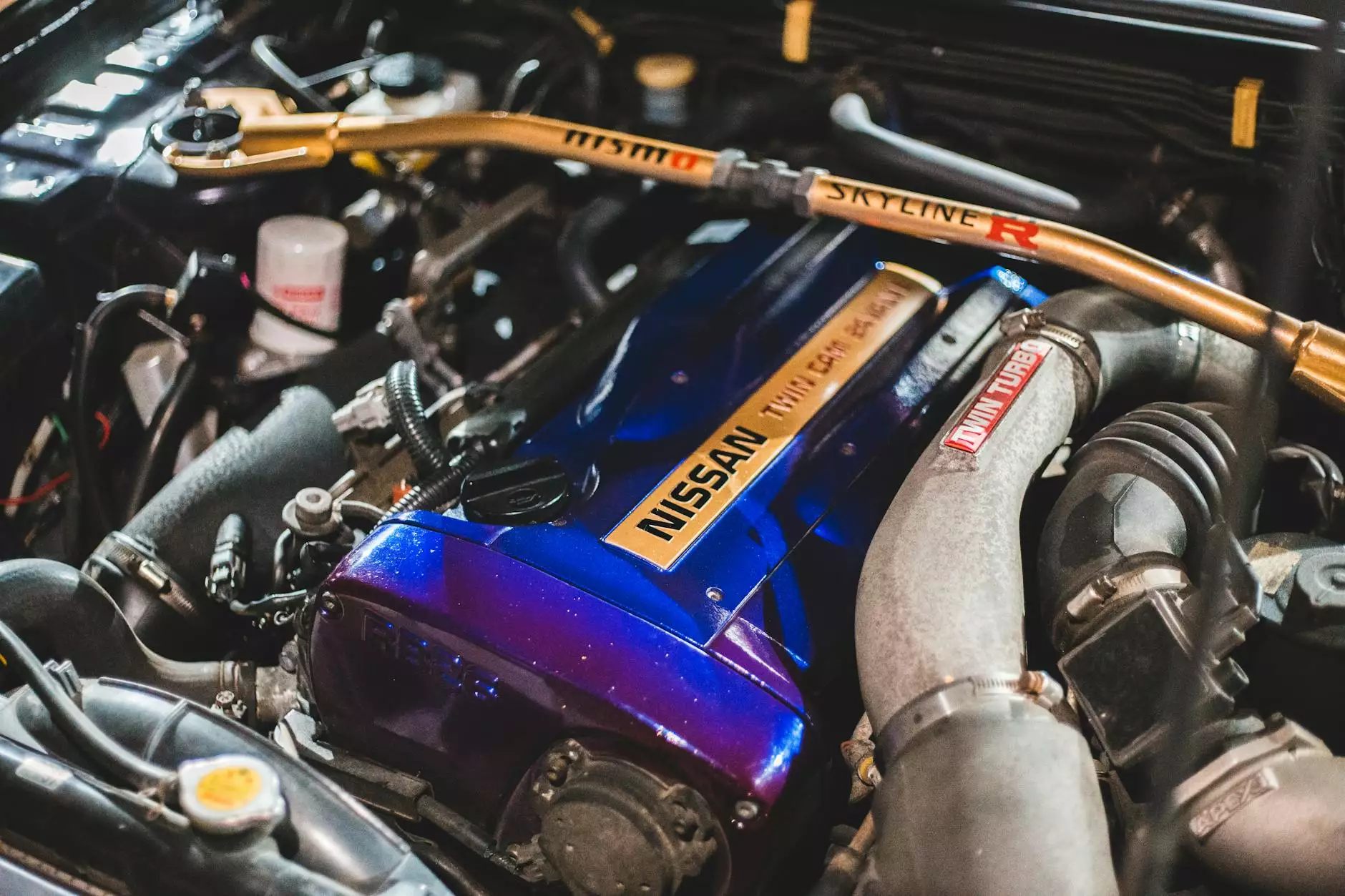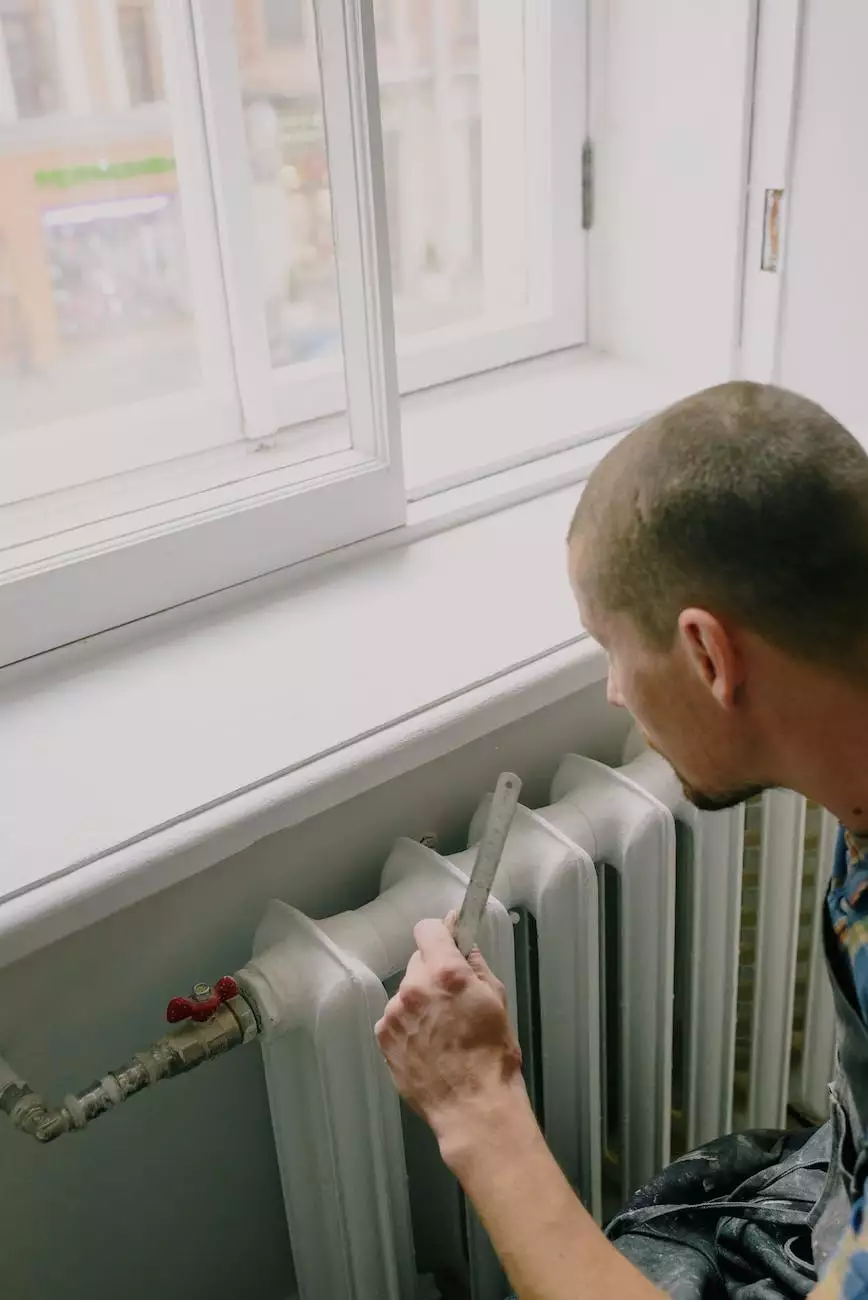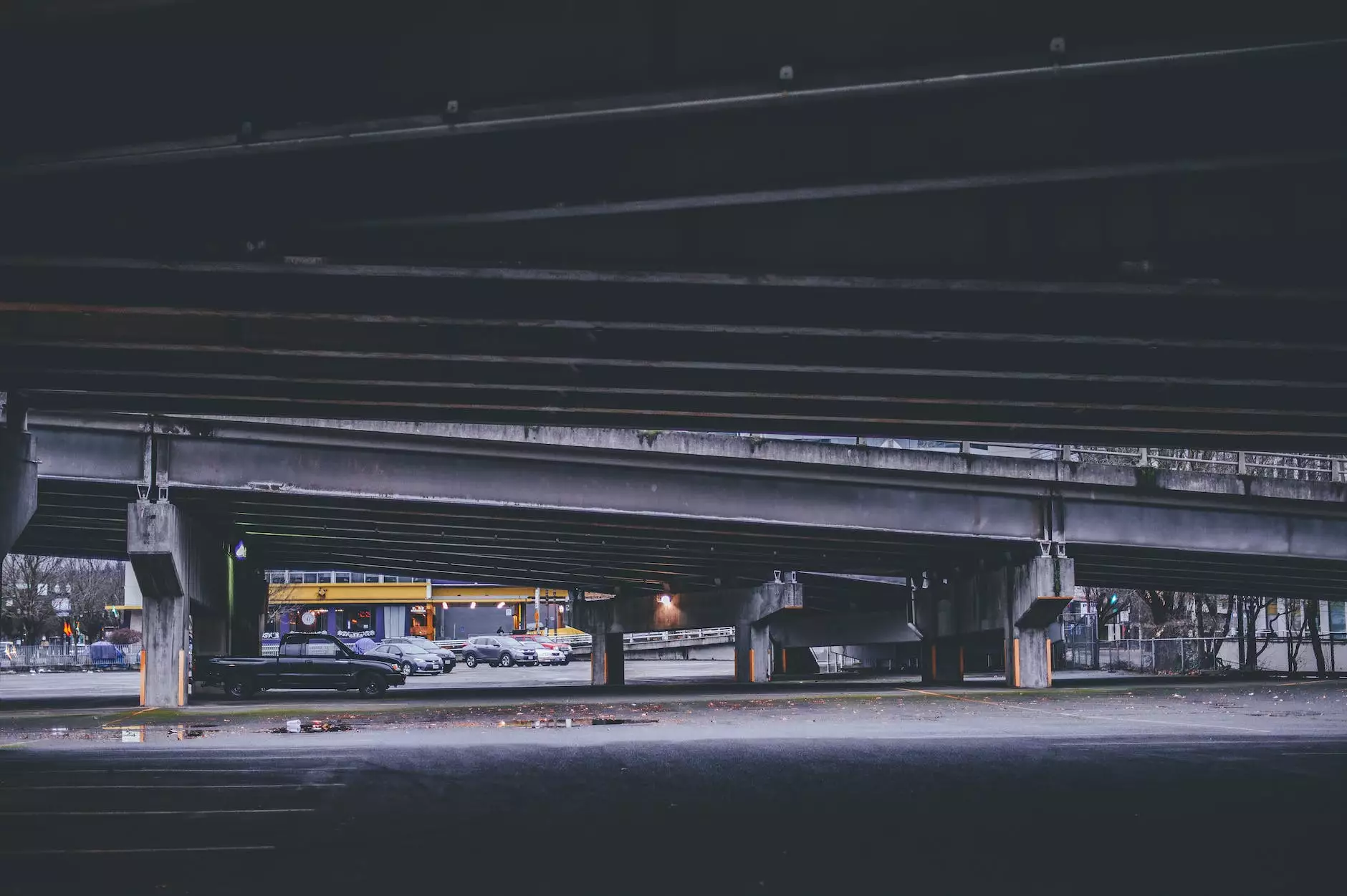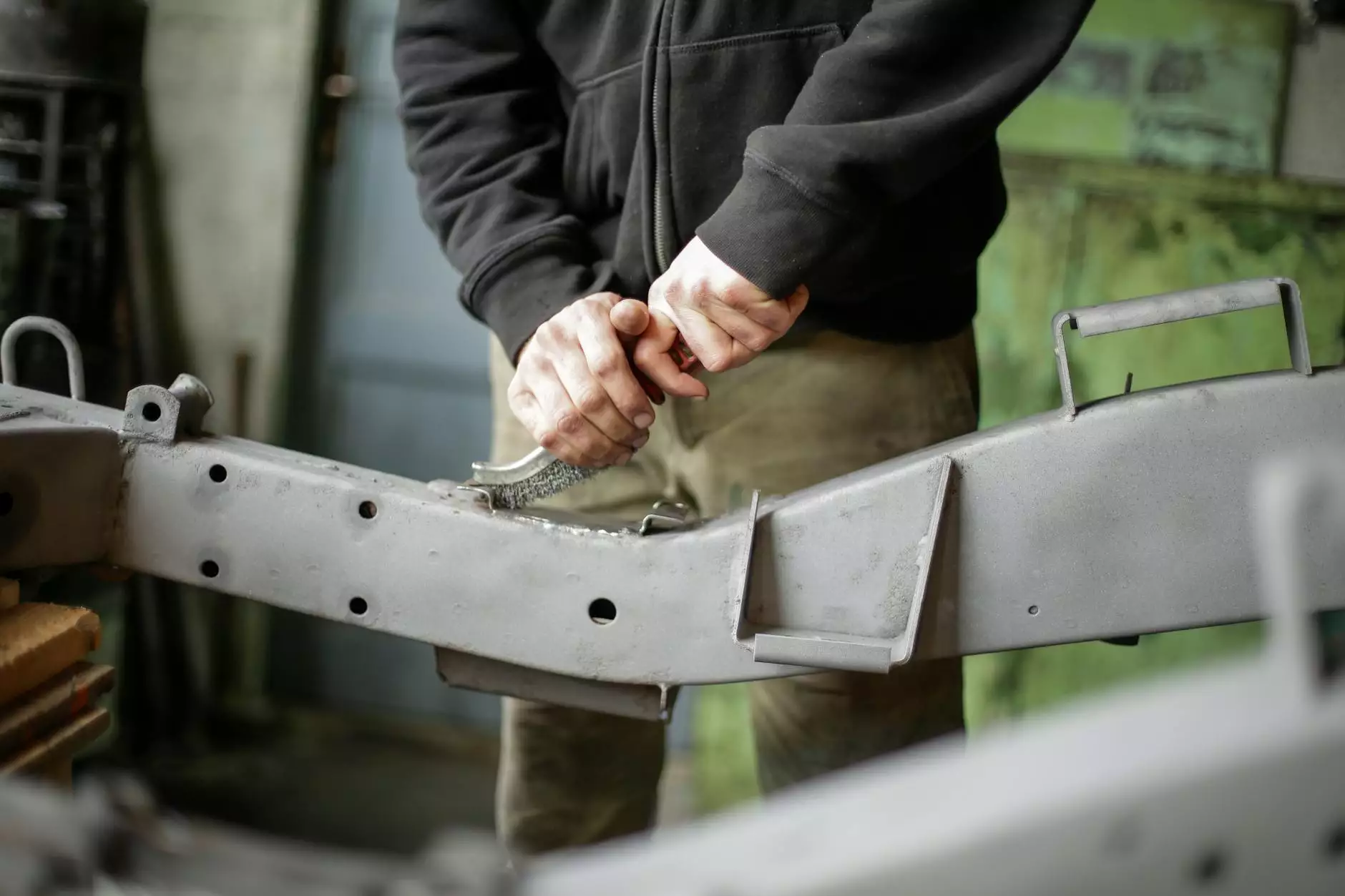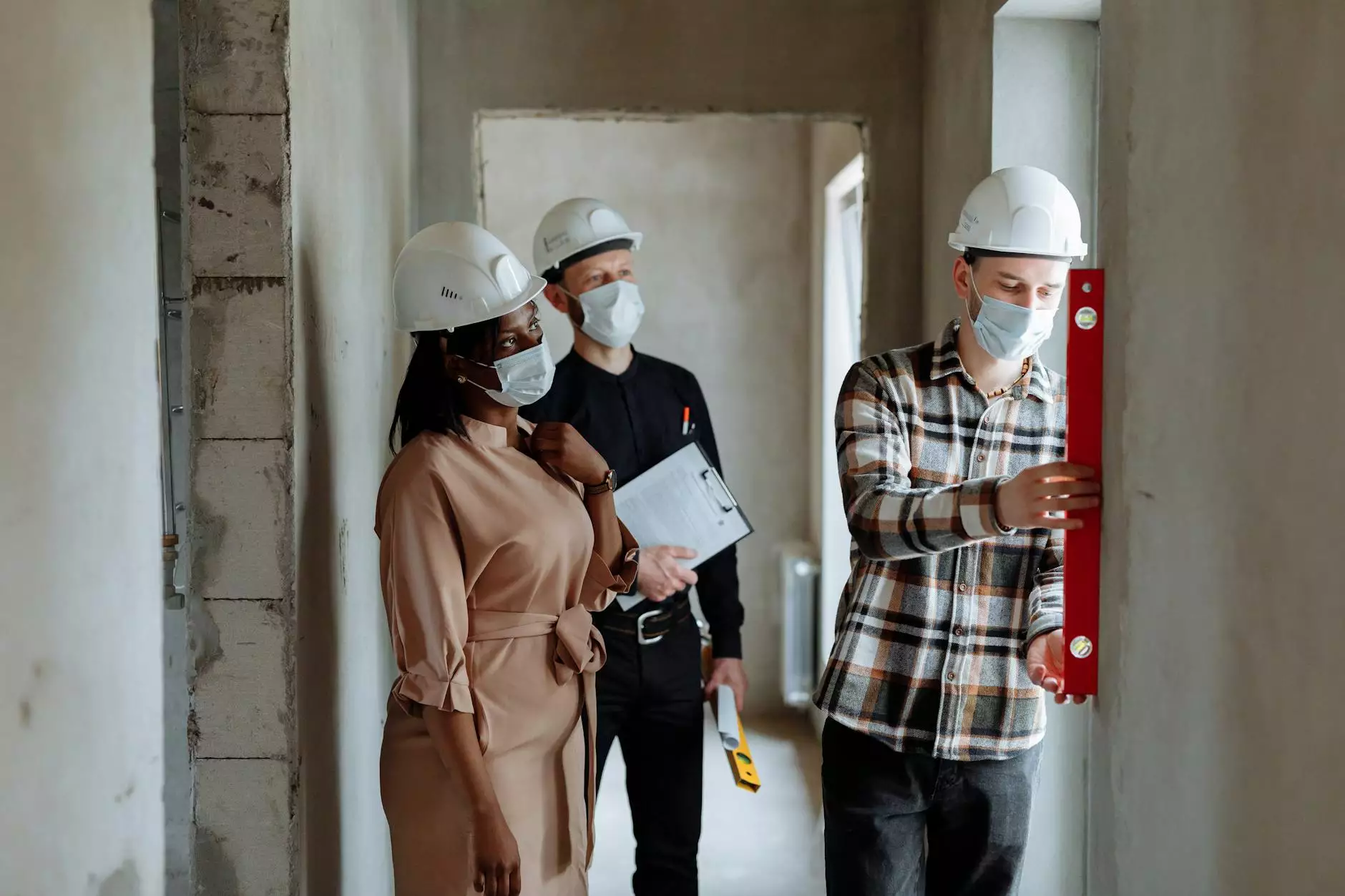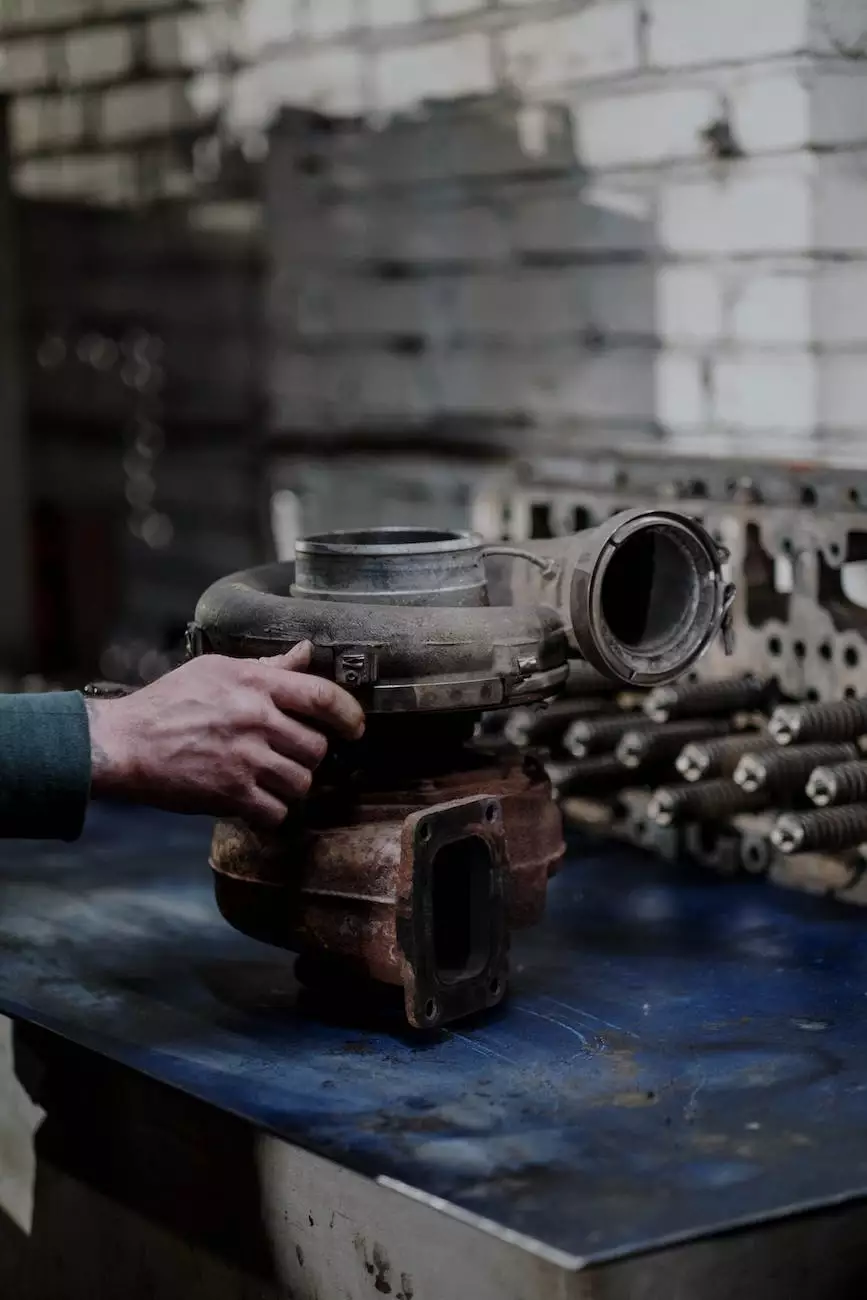How to Diagnose Common Brake Troubles | Brake Problem
Chassis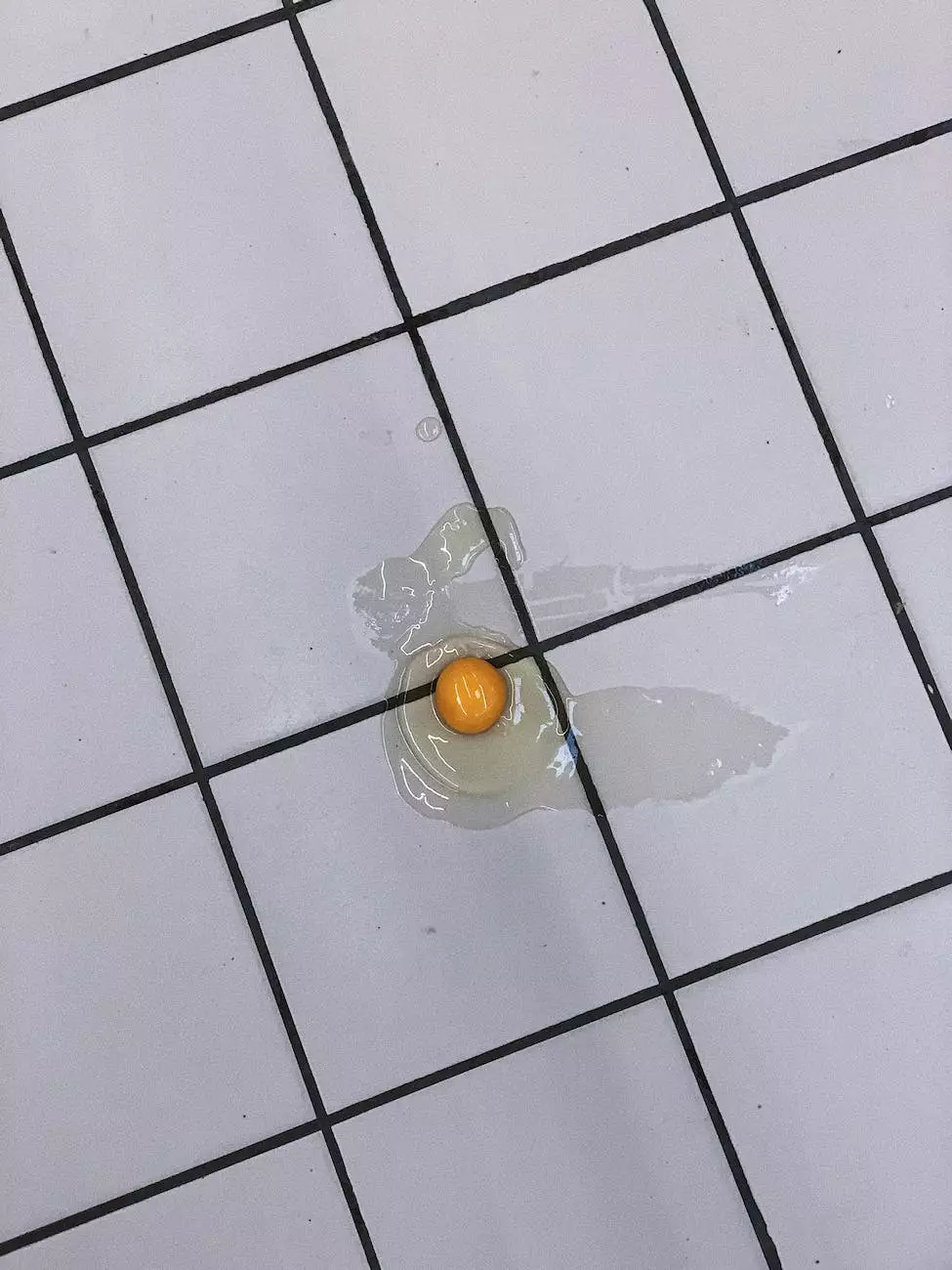
Introduction
Welcome to Grafco Electric, your go-to resource for all things related to brake troubleshooting. Whether you are experiencing squeaky brakes, a soft pedal, or any other brake issues, we have got you covered. In this comprehensive guide, we will walk you through the most common brake troubles, provide detailed diagnostic steps, and offer expert solutions to help you get back on the road safely.
1. Squeaky Brakes
Are your brakes making an annoying squeaking noise every time you apply them? Squeaky brakes can be a result of various underlying issues. One common cause is worn brake pads. Over time, brake pads can become thin, causing metal-to-metal contact and resulting in squeaking sounds. Another potential cause could be a lack of lubrication between the brake pad and caliper. To diagnose and solve this problem, follow these steps:
- Inspect the brake pads for wear and replace if necessary.
- Apply a thin layer of brake lubricant on the back of the brake pads.
- Clean the brake rotor surface with a brake cleaner spray to remove any debris or contaminants.
2. Soft Brake Pedal
Does your brake pedal feel soft or spongy when you press it? A soft brake pedal could indicate air trapped in the braking system or a potential leak. Here's how you can diagnose and fix this issue:
- Start by checking the brake fluid level in the master cylinder reservoir. If it's low, it may indicate a leak in the system.
- If the fluid level is fine, bleed the brake system to remove any air bubbles. This can be done using a brake bleeder kit or with the help of a professional mechanic.
- If the problem persists, inspect the brake lines and components for any signs of leakage. Replace any damaged parts.
3. Brake Fade
Brake fade occurs when the brakes lose effectiveness during prolonged or heavy braking. This can be a serious safety concern. Here's how to diagnose and resolve brake fade:
- Check the condition of the brake fluid. If it's old or contaminated, flush and replace it.
- Inspect the brake pads and rotors for excessive wear. Replace them if necessary.
- Consider upgrading to high-performance brake pads and rotors for improved heat dissipation and better braking performance.
4. Pulling to One Side
If your vehicle pulls to one side when you apply the brakes, it could indicate a brake caliper or brake hose issue. Follow these steps to diagnose and fix the problem:
- Check the brake calipers for proper operation. Ensure they are not sticking or seized.
- Inspect the brake hoses for any leaks, blockages, or restrictions. Replace any damaged hoses.
- If the issue persists, have a professional mechanic conduct a more in-depth inspection and repair if needed.
5. Grinding Noise
If you hear a grinding noise when applying the brakes, it's likely due to worn brake pads or rotors. Here's what you can do:
- Inspect the brake pads for excessive wear. Replace them if they are worn beyond the recommended thickness.
- Check the condition of the brake rotors. If they are severely worn or warped, they may need to be resurfaced or replaced.
- Ensure all brake components are properly lubricated and functioning correctly.
Conclusion
Congratulations! You are now equipped with the knowledge to diagnose and solve common brake troubles. Remember, if you are unsure or not comfortable performing the repairs yourself, it's always best to consult a professional mechanic. At Grafco Electric, we provide top-notch brake services and expert advice to ensure your vehicle's braking system is in optimal condition. Don't let brake problems compromise your safety. Contact us today for all your brake needs!

